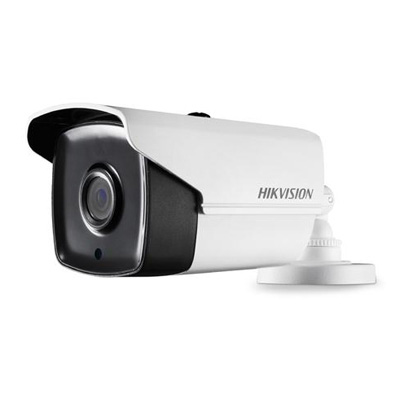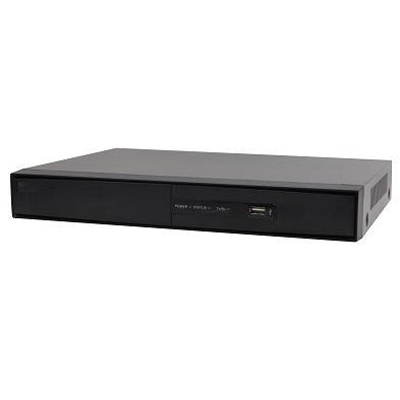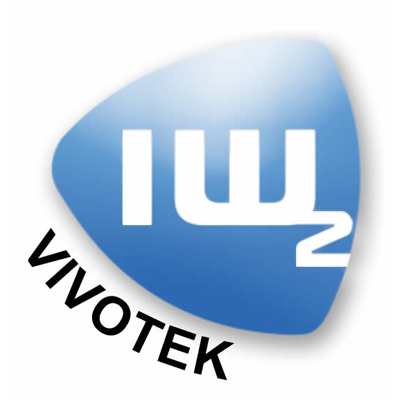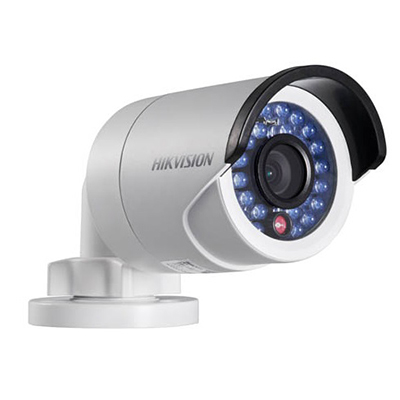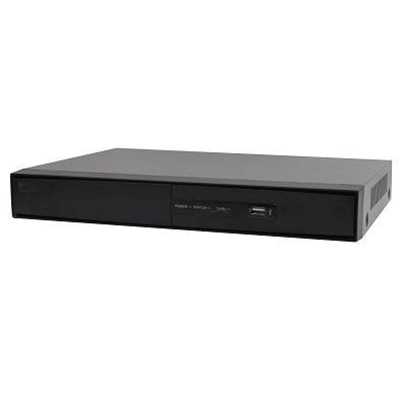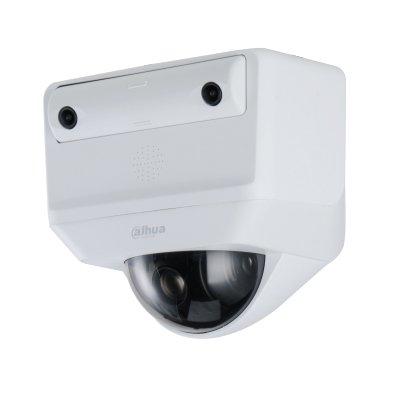Hanwha Techwin has further strengthened its premium Wisenet P series with the introduction of the ultra-high definition PNM-9320VQP which, with 4 sensors and a separate integral PTZ camera, is designed to provide a highly cost-effective solution for detecting and tracking objects over wide open areas.
Ultra HD megapixel camera
The option of exchangeable 2- and 5-megapixel lens modules enable the camera sensors built into the H.265 Wisenet PNM-9320VQP to work together to seamlessly capture 360-degree images of up to 20-megapixel resolution. In addition, the PNM-9320VQP’s 2-megapixel 32x PTZ camera element is automatically triggered to zoom in and track a moving object or move to a user-configured preset position, when the motion detection function of the multi-directional camera detects activity.
“By placing a PTZ camera at the centre of the PNM-9320VQP we are able to provide a highly affordable and efficient solution for city and wide area surveillance applications such as car parks, shopping centres and warehouses,” said Uri Guterman, Head of Product & Marketing for Hanwha Techwin Europe. “As well as installation and maintenance costs being significantly lower, end-users are able to avoid incurring the higher capital costs of using 5 separate cameras to cover an area and achieve the same level of functionality.”
PTZ cameras The IK10 vandal and IP66 weather resistant PNM-9320VQP is equipped with a Gyro sensor which offer accurate stabilisation
The PTZ camera benefits from the world’s best Wide Dynamic Range (WDR), which performs at up to 150dB to accurately produce images in scenes that simultaneously contain very bright and very dark areas, as do the 2-megapixel lens modules. The 5-megapixel lens module options come with 120dB WDR.
The IK10 vandal and IP66 weather resistant PNM-9320VQP is equipped with a Gyro sensor which offer accurate stabilisation when a camera is disturbed by wind or vibrations, resulting in more stable images. Additional key features include 5 built-in SD card slots to help keep data safe in the event of network disruption, defog, which makes corrections to blurry images which are captured in foggy conditions and Lens Distortion Correction (LDC) compensates for the image distortion that can occur with wide angle lenses.
WiseStream II compression technology
The multi-streaming PNM-9320VQP supports H.264, H.265 and MJPEG compression. Bandwidth efficiency is improved by up to 99% compared to current H.264 technology when H.265 is utilised with WiseStream II, a complementary compression technology which dynamically controls encoding, balancing quality and compression according to movement in the image.
Hanwha Techwin has also just introduced the Wisenet PNM-9000VQ multi-directional camera, which with 4 exchangeable lens modules that together seamlessly capture 360-degree images of up to 20-megapixel resolution, shares many of the PNM-9320VQP’s features, but does not have a built-in PTZ camera.









